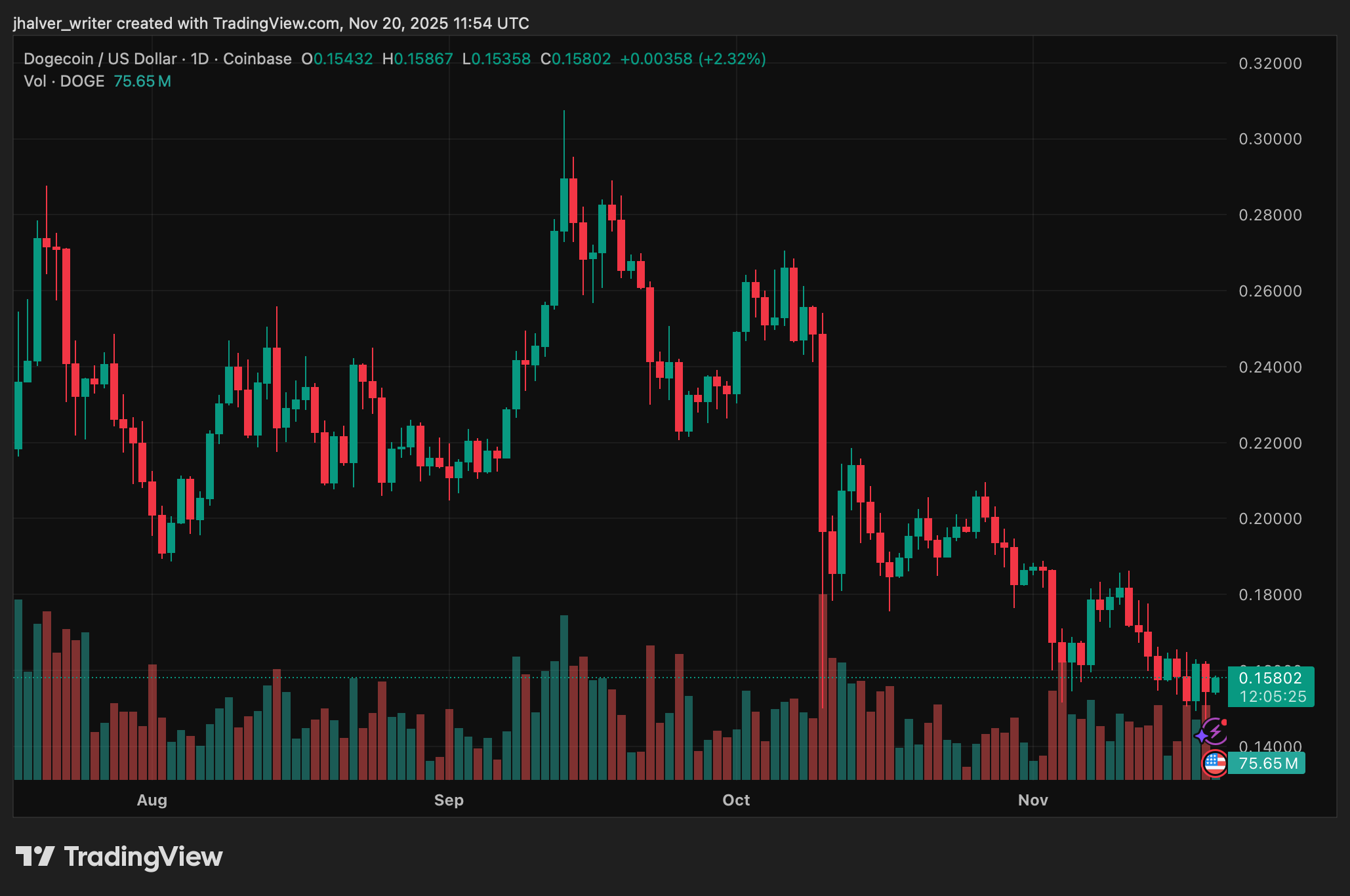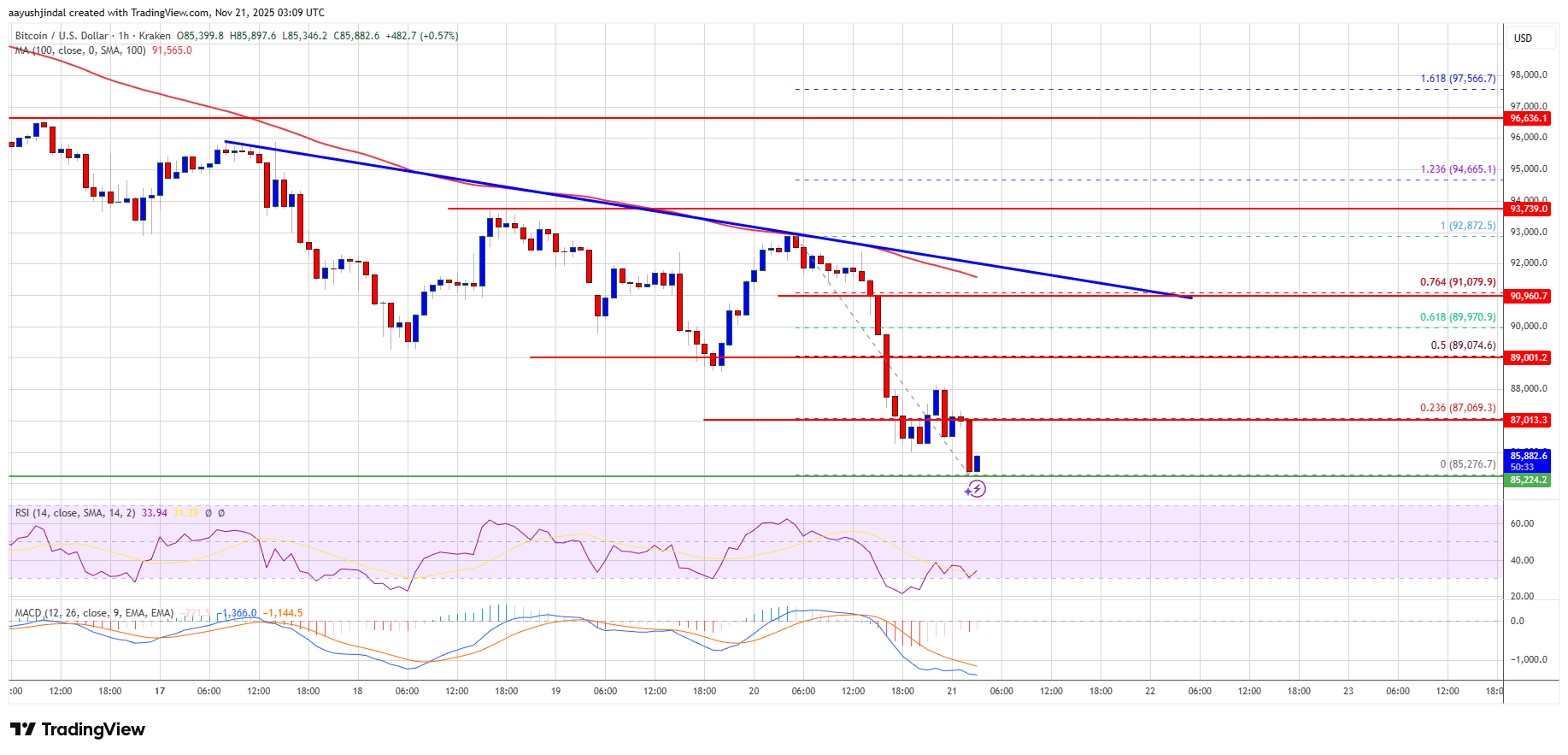The PENGU USDT Sell Alert: Is This a Red Flag or Simply a Market Adjustment?
- PENGU USDT's sell signal highlights concerns over structural risks in stablecoin-backed crypto strategies amid volatility and regulatory shifts. - The token's 28.5% decline since October 27, coupled with weak technical indicators, reflects broader fragility in algorithmic stablecoins and leveraged positions. - Growing institutional adoption of asset-backed alternatives like USDC contrasts with PENGU's speculative NFT-driven model, which lacks robust collateral or compliance. - While Fed policy easing may
PENGU USDT’s Price Swings: Reflecting Larger Market Patterns
PENGU USDT, which is linked to the Pudgy Penguins NFT series,
These price fluctuations are indicative of broader movements in stablecoin-centric strategies.
Underlying Risks in Stablecoin-Based Approaches
Analysts point out that PENGU USDT’s recent difficulties are symptomatic of deeper issues plaguing the stablecoin landscape. Algorithmic stablecoins, which depend on high-yield incentives and often lack transparency in their smart contracts, are coming under increasing scrutiny.
PENGU USDT’s dependence on speculative demand driven by NFTs further increases its risk. Although the token saw gains from Bitcoin’s rally, its failure to maintain upward momentum highlights a lack of intrinsic value.
Risk Appetite: Short-Term Setback or Lasting Change?
The sell signal for PENGU USDT brings into focus the state of risk-taking behavior in stablecoin-based strategies.
Macroeconomic and regulatory factors play a crucial role in shaping these trends.
Conclusion: Facing a Turning Point
The sell signal for PENGU USDT stands as a warning for those involved in stablecoin-based strategies. While short-term price swings are common in speculative markets, the larger picture suggests a structural transformation is underway. Regulatory developments, vulnerabilities in algorithmic stablecoins, and a movement toward asset-backed solutions are all influencing risk sentiment. For PENGU to stage a meaningful comeback, it must not only recover key technical levels but also address core issues in its collateral and governance frameworks.
Investors should stay alert, distinguishing between fleeting downturns and lasting shifts. In a market where transparency and regulatory compliance are becoming the norm, projects that fail to evolve—like PENGU—risk being left behind.
Disclaimer: The content of this article solely reflects the author's opinion and does not represent the platform in any capacity. This article is not intended to serve as a reference for making investment decisions.
You may also like
Ripple News: XRP Price Breaks Below $2 Amid ETF Race, Bitwise Trails Canary
Dogecoin Price Prediction: Will DOGE Recover in December or Fall Further First?

Shiba Inu unleashes debit card—spend SHIB, fetch rewards
Bitcoin Price Crashes Under $90K, Triggering Fresh Fears of Deeper Weakness
